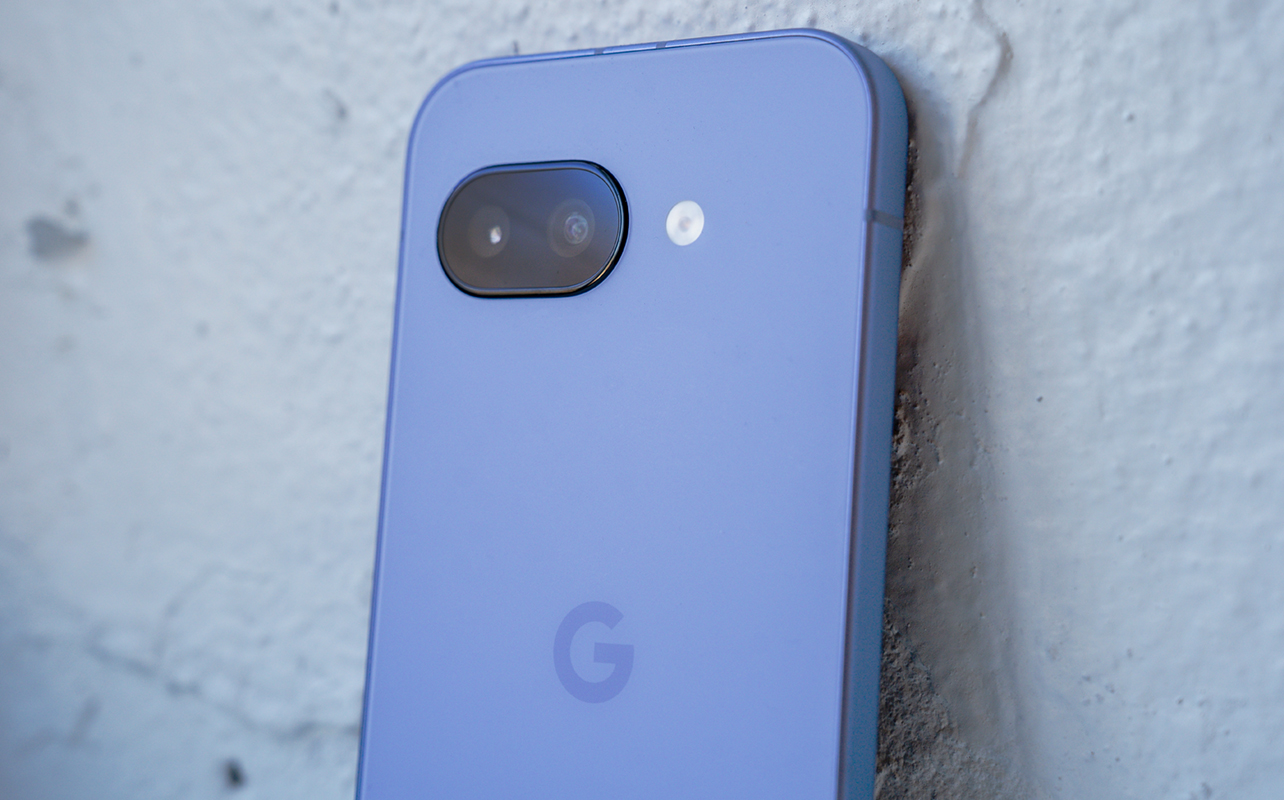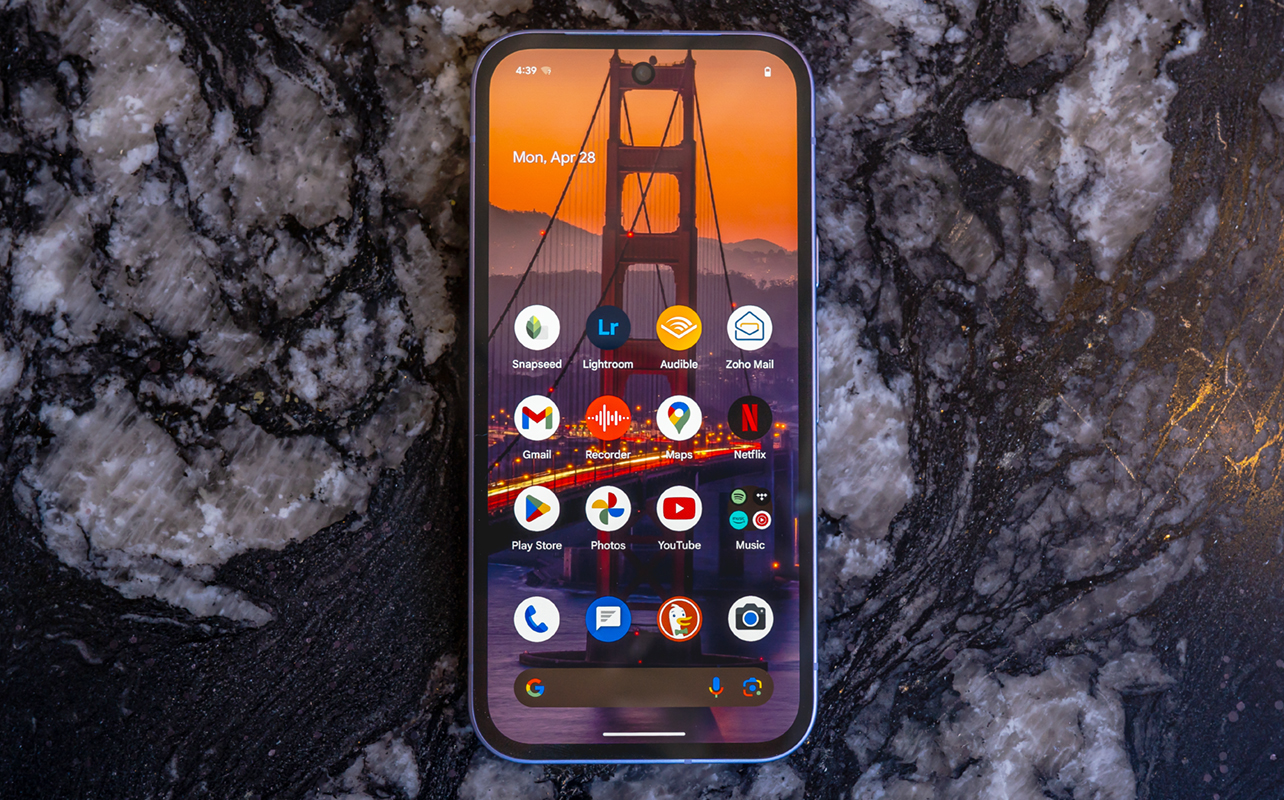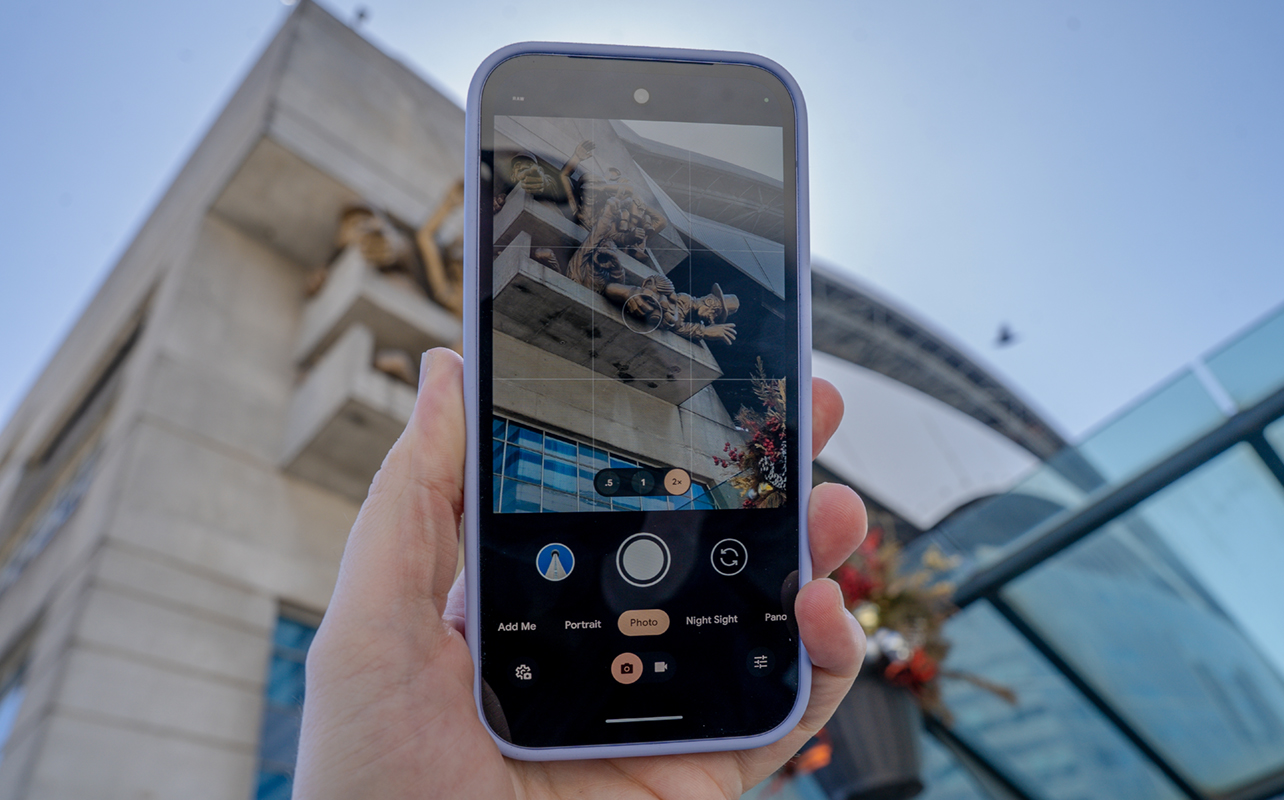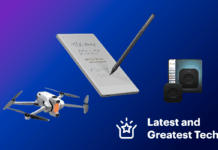
The Google Pixel 9a is an example of a value smartphone because it’s much cheaper than a flagship, yet doesn’t necessarily function that way. That’s hardly a surprise at this point considering how the Pixel A series has always stood out as a budget-friendly alternative to more premium options.
That also means changes from one generation to the next don’t feel significant. Others make cheaper phones, too, so the draw here is the way in which Google migrates certain flagship features over. The more notable push is on the software side by way of Google’s Gemini AI platform.
Google Pixel 9a (as tested):
|
Pixel 9a design
The Pixel 9a is a bit taller and a little lighter than the previous Pixel 8a but otherwise doesn’t go through dramatic design changes. True, the camera bar in the rear is gone, replaced by a module clearly based on what Google did with the rest of the Pixel 9 lineup. It’s the most obvious design shift off the bat, along with the new iris and peony colour choices.
Making it a tad taller allows Google to go with a 6.3-inch OLED display (0.2-inches bigger than the Pixel 8a). It retains the 120Hz refresh rate but is also noticeably brighter and easier to see in sunlight, while maintaining the same Gorilla Glass 3 protection.
It’s not a flashy phone (no surprise) though I like that Google considered tactile feel in tweaking the design. For example, more rounded corners and flatter screen edges make for a more comfortable feel in your hands.
On the inside, the Pixel 9a runs on the same Tensor G4 chipset the other Pixel 9 devices do, only with 8GB or RAM and either 128GB or 256GB of storage. The Tensor G4 chip is a key part of the mix here because of the Gemini AI features it powers. Pixel A phones have never been super impressive on the spec sheet but that doesn’t matter as much when the hardware and software work smoothly together.
Performance and software
The Pixel 9a benefits from using the same chipset its premium siblings have, and that generally bodes well for how the phone performs day-to-day. Consider the basic things you do on a daily basis and for how long you use the device. This phone’s biggest advantage is actually that in and of itself. Rather than bells and whistles, the consistency involved is what makes it easy to use and trust.
That also goes for tasks like streaming content or playing games. The Pixel 9a isn’t going to match other phones’ performance metrics on paper but what you experience onscreen matters most. It is relative, mind you, though I recommend trying out the games you like to see how smooth they play. Part of what helps is the 120Hz refresh rate, which is now on by default. To save battery life (as before), it drops to 60Hz for content that doesn’t need the extra bump.
The one limitation lies in the 8GB of RAM, which can affect multitasking and Gemini activity. It won’t feel stifling in most instances but it is more limiting in the long run. Part of what makes the Pixel A series so effective is stock Android and the Pixel-specific features coming with it. That includes Call Screen to spot or filter spam and robocalls and let Gemini stay on hold for you via Hold for Me.

The Recorder app is still one of the best, while Quick Tap is a convenient way to trigger an action. Double-click the power button and you launch the camera.
Gemini AI features

The previous Pixel 8a already proved it could run Gemini and associated AI features so that carries on here. Gemini is a noticeable upgrade over Google Assistant because it can not only act as a voice assistant but also plug in to various other tools, including generative AI and photo editing.
What’s good is these features work seamlessly on the Pixel 9a. Circle to Search is a great one for searching anything you have onscreen or in a photo. Just hold on the bottom of the screen and draw a circle around whatever you want to look up. Unfortunately, Call Notes isn’t included, which is a real shame because that can not only record phone calls but also produce a transcript of the call on top of that. Pixel Screenshots also isn’t available as an efficient way to gather pertinent information from your screenshots.
Despite that, there’s a lot to like in how well the available ones work. Compared to similar phones, the Pixel 9a feels like it’s further ahead, especially compared to the iPhone 16e, which simply can’t match what Google delivers here on the AI side. That extends even more to the photo-related AI features, like Magic Eraser, Magic Editor, Photo Unblur, and Reimagine. They’ve been around for a few years now and keep getting better. Having them on an affordable mid-range phone like this is certainly a nice fringe benefit.
Pixel Studio is another as a standalone app where you can generate images from scratch based on prompts or create stickers using your own photos as reference points. That also includes generating images of people now that Google has removed pre-existing restrictions in doing so. The catch is that you can’t use photos of people to create AI images, so some roadblocks remain in place.
Note that Gemini Advanced, the deeper version of the AI platform, will cost $26.99 per month if you want to keep using it after the first month. The free version still gives you all the features I noted above, only Advanced lets you generate images of people and run more complex tasks.
Camera quality

This is one area that’s set the Pixel A series apart from others but I find the Pixel 9a a bit of a mixed bag in that regard. For starters, the main 48-megapixel rear camera uses a smaller image sensor compared to the one in the Pixel 8a, but makes up for it with a wider f/1.7 aperture. The 13-megapixel ultra-wide and 13-megapixel front camera are exactly the same as the Pixel 8a.
There are some nuances at work in how image quality turns out. Google’s image processing continues to do well, not oversaturating colours or overdoing it with HDR effects. At the same time, without a telephoto lens, you have to use digital zoom to get closer to a subject from further away, leading to mixed results. Low-light and night shots aren’t bad, and Google now includes Astrophotography mode as well. Not to mention a new Macro mode that proves to be a nice addition.









You can’t take any photos using full manual controls, though you can adjust brightness, shadows, and white balance. If you want to shoot in RAW to control editing yourself afterward, you have that option, too.
AI editing features like Best Take, Add Me, and Audio Magic Eraser—plus several others—are available. All of which carry over from the flagship models. In the end, this is the kind of phone where you can trust just pointing and shooting a photo or video, and then taking some chances with what the various editing tools can do beyond that.
Battery life
The Pixel 9a has a bigger battery than any other Pixel A series phone. In fact, it’s the same size as the Pixel 9 and Pixel 9 Pro. It lasts through a day with no real problems, but don’t be surprised if you have to recharge most nights. The brighter screen is a battery drainer, but there’s nothing else too specific that pulls more out of it; it largely depends on how you use the phone. Wireless charging lets you charge cord-free but at a very slow 7.5W, so not ideal if you’re in a pinch.
Final thoughts
It’s hard to argue with the combination of features and performance relative to the price. The Pixel A series is a value proposition that has few capable competitors, especially when you factor in the screen brightness and AI portfolio. Plus, Google provides seven years of major Android and security updates for the Pixel 9a.
The Google Pixel 9a is available now in obsidian, porcelain, iris, and peony.





